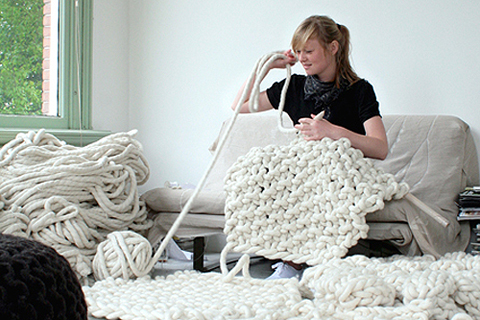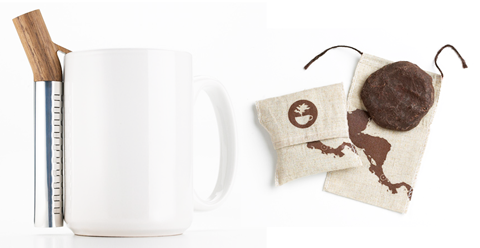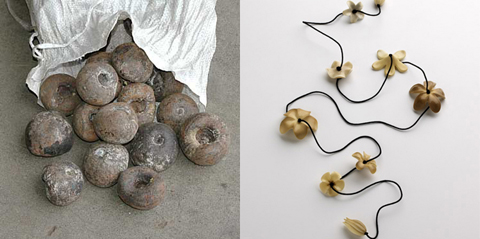News:
9/15/2009
Design for a Living World
Hey everybody! This is my first article for Sezio coming from Brooklyn, NY, specifically Park Slope, soon to be Prospect Heights. I'm now getting settled here – this week I move into my apartment and start a new job – and have already been able to do some design work, which has been really fun. New York is awesome but definitely hard to get a hold of at first. My trick is to go to "landmarks", coffee shops, stores, museums, etc. I like so that I can orient myself slowly and feel like I have a little piece of each place I know well. One of these this Sunday was the Cooper-Hewitt, National Design Museum. I didn't get to go my last time here so I wasn't sure what to expect. The bottom level was usual museum fare but the exhibition upstairs, titled Design for a Living World, was, happily, unexpected. Developed by The Nature Conservancy, the exhibition showcases product design using sustainable materials. Here are a few artists that were my favorites:

Christien Meindertsma is a Netherlands-based textile artist working, in this case, with organic wool. After sourcing the wool from from an organic flock of Panama sheep from Lava lake Ranch, Idaho, she felts the wool into a super thick yarn and knits it into "One Sheep Rugs", where each rug is made from the wool of one sheep, using a different knitting technique to reflect the differences in each sheep. When combined together, the rugs create a "Flock Rug". In her interview she noted how she takes inspiration from her environment at the time. Who wouldn't be inspired by this?

Yves Behar created packaging and a self-cleaning grater for a 100% organic cacao product, made in Costa Rica, and grown on rainforest land. The cocoa sales support a Bribri community and help preserve biodiversity in the forest. To make the cocoa patty seen above, Bribri women grind cacao beans until they produce a paste, then form the paste into the patty by hand. After it hardens, the patty is meant to be grated (seen above, left) into a cup of hot water or milk to make a hot cocoa drink.

Ted Muehling takes vegetable ivory, from the Ivory Nut Palm grown in Micronesia, and transforms this natural plant material into necklaces, bracelets, and other items. The nut's texture is so similar to actual ivory it was hard for me to tell the difference. His pieces were carefully cut and polished, and looked similar to a polished stone. This nut in its natural state is very dense and hard, and is not easy to "crack".
If anything this exhibition suggests that sustainable product design is, if not perfect, definitely getting easier. It is not too much to expect that one day these types of processes will become commonplace.
Cooper-Hewitt, National Design Museum
2 East 91st Street
New York, NY 10128
Design for a Living World
by The Nature Conservancy
On view May 14, 2009–January 4, 2010
----------
I'll be posting to Sezio every so often, but in the meantime check out my blog where I'll be posting all kinds of stuff I get to see and experience here. www.designispeople.com